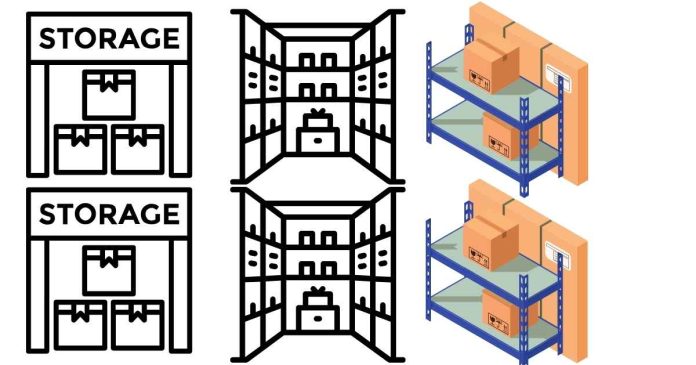Proper storage is essential to prevent cross-contamination in the kitchen, ensuring food safety and hygiene. Here are key practices to follow:
1. Separating Raw and Ready-to-Eat Foods
Store raw meats, poultry, and seafood on the bottom shelves of the refrigerator to prevent their juices from dripping onto cooked or ready-to-eat items.
2. Using Proper Containers
Keep foods in sealed, leak-proof containers to avoid contact between different items. Label containers to prevent mix-ups.
3. Maintaining Proper Temperature
Refrigerate perishables at 40°F (4°C) or below and freeze items at 0°F (-18°C) to slow bacterial growth.
4. Organizing by Expiry
Place older items in front of newer ones to ensure everything is used before it spoils, reducing food waste and contamination risks.
5. Cleaning Regularly
Sanitize shelves, drawers, and storage containers to eliminate bacteria buildup.
By adopting these storage practices, you can protect your family’s health and maintain a safe kitchen environment.



